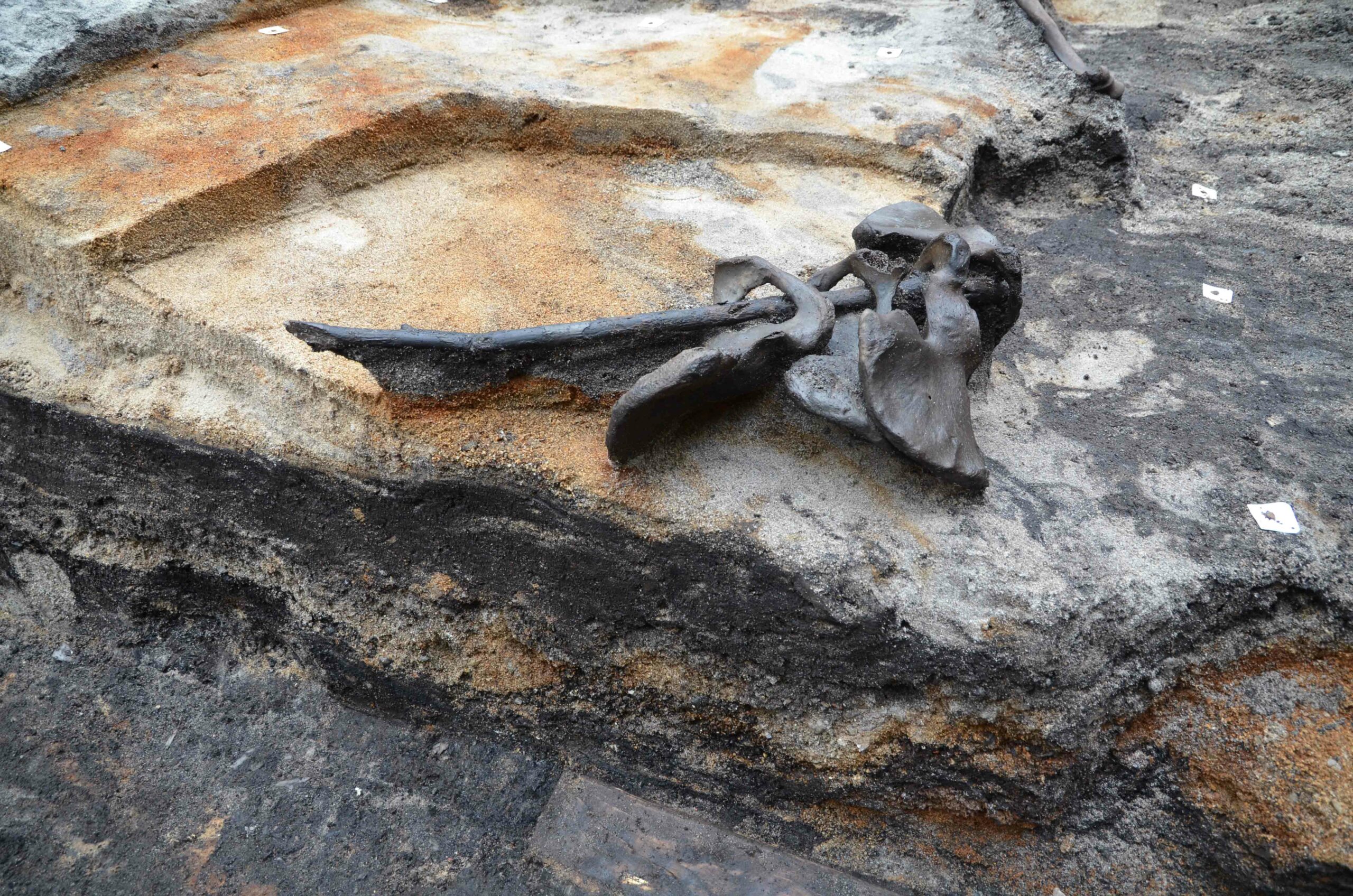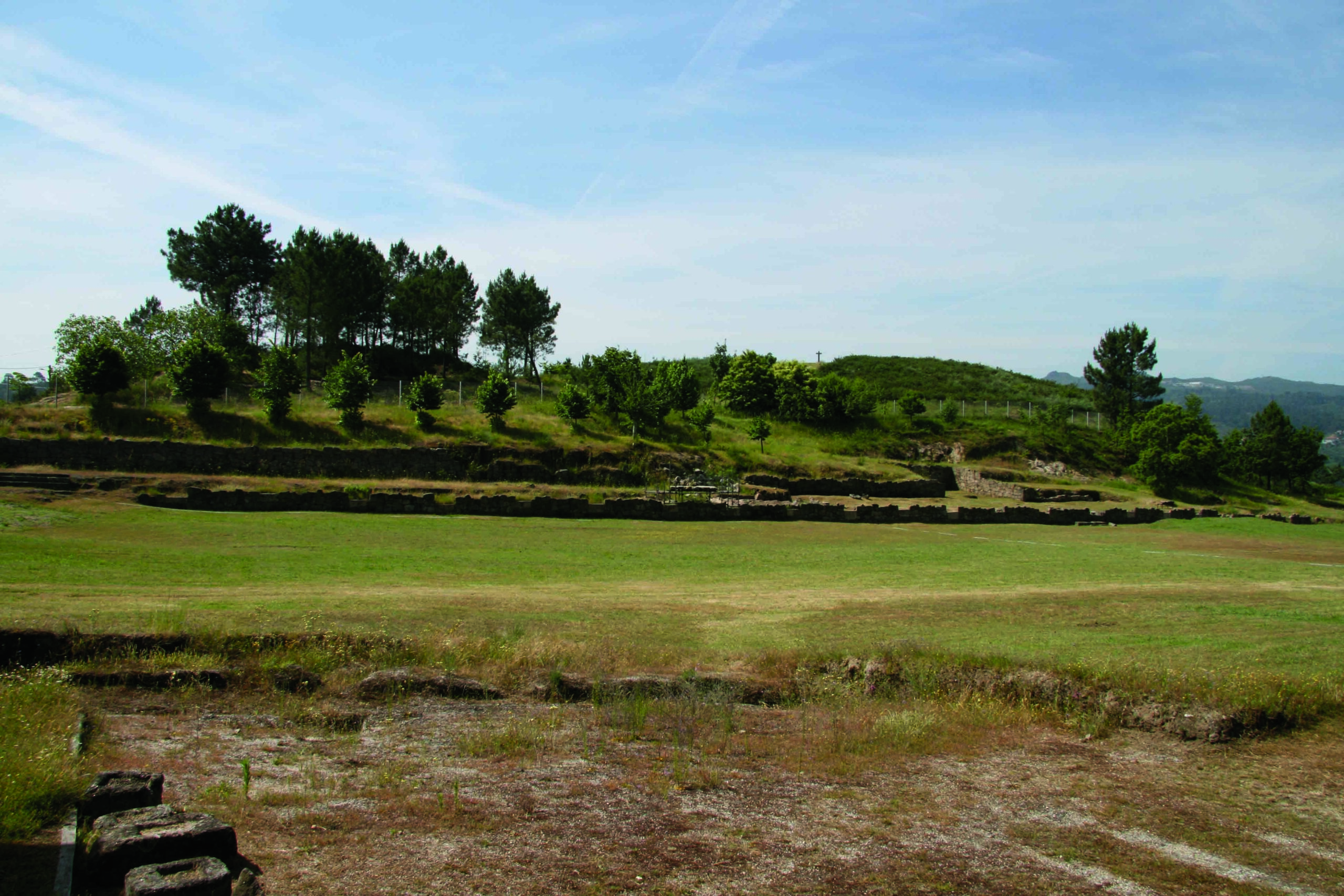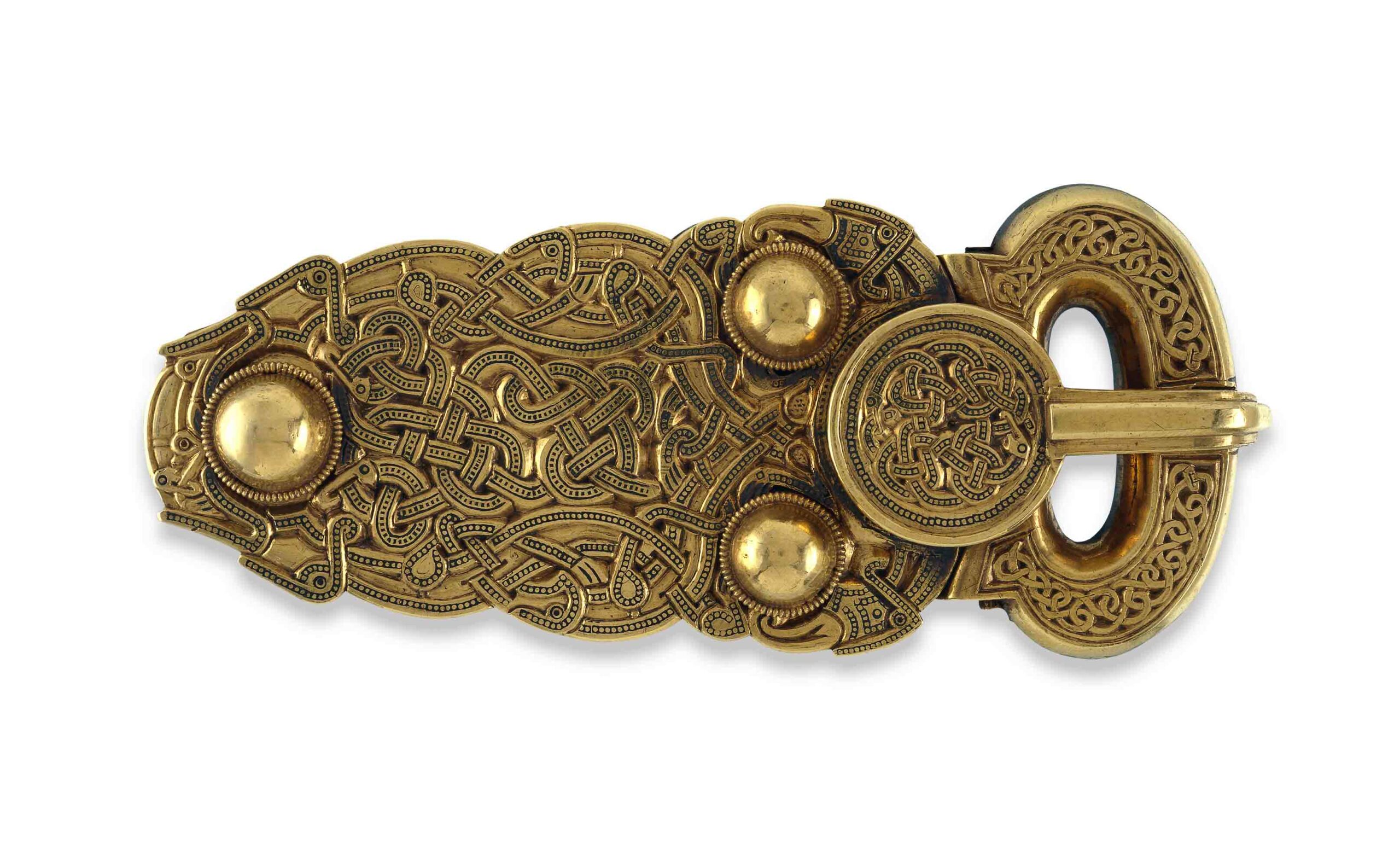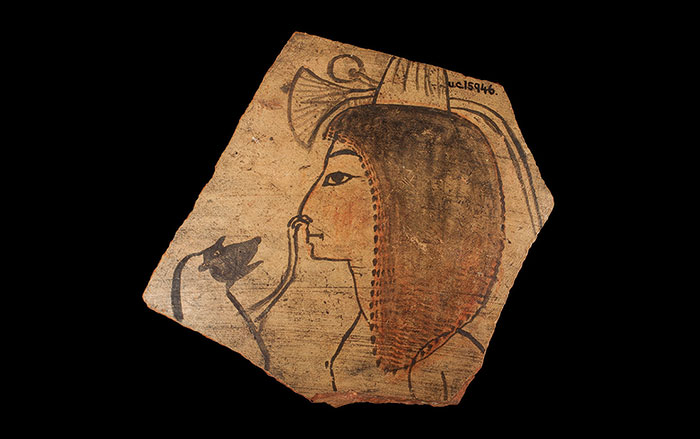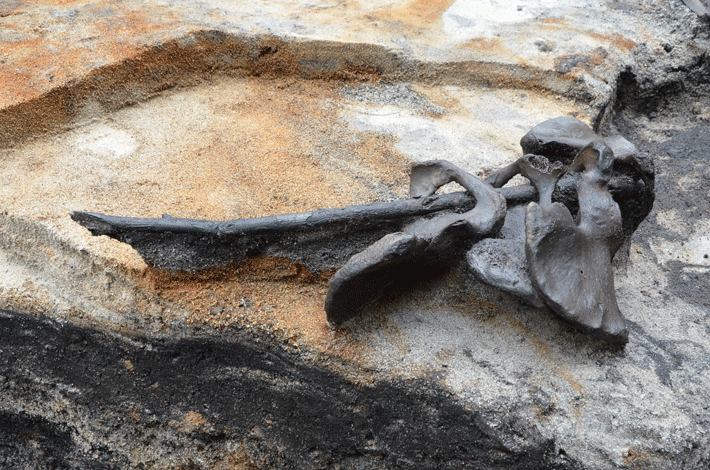
New analysis of human bones unearthed in a Danish bog shows that they belonged to Iron Age warriors whose army was routed in a major battle 2,000 years ago, during an era when the growth of the Roman Empire was putting pressure on Germanic tribes in the area. A team led by Aarhus University archaeologist Mads Kähler Holst found that all the remains date to a single event and, further, that the bones bear traces of cutting and scraping that suggest they were desecrated before being ritually deposited in the bog by the winning side. Among the gruesome finds is a wooden stick with four male pelvic bones threaded onto it.
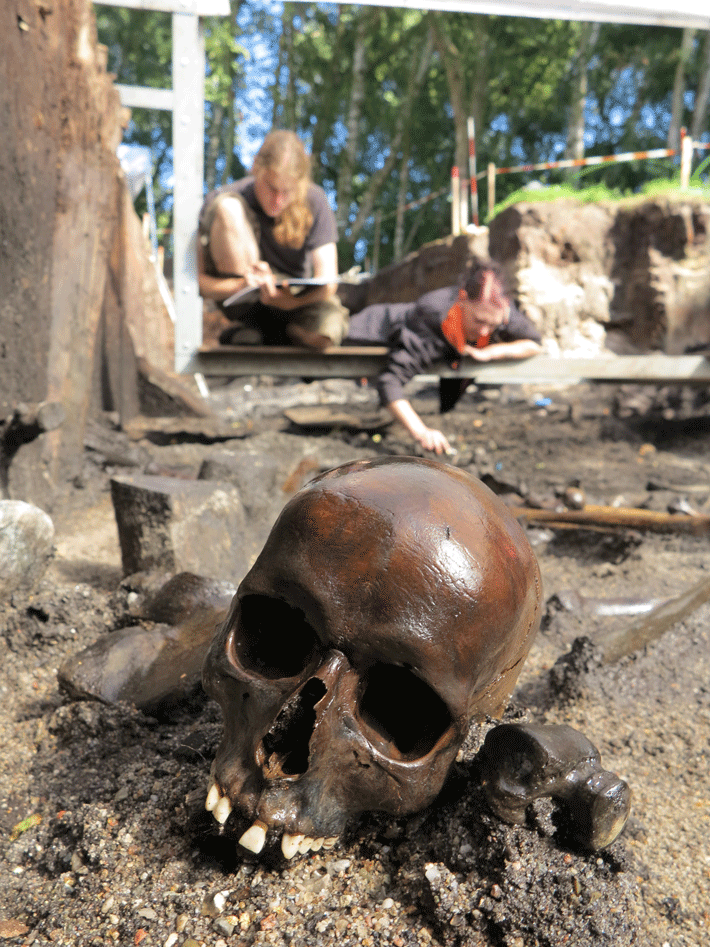
Holst notes that while archaeologists have found large caches of defeated warriors’ weapons in bogs before, this is the first time human remains have been discovered in this context. “Roman writers such as Tacitus wrote about the ritual practices of Germanic people in relation to war, ” says Holst. “But this is the first discovery of actual traces of them.” The remains also suggest that large-scale internal warfare was roiling Germanic societies in the early first century A.D.


